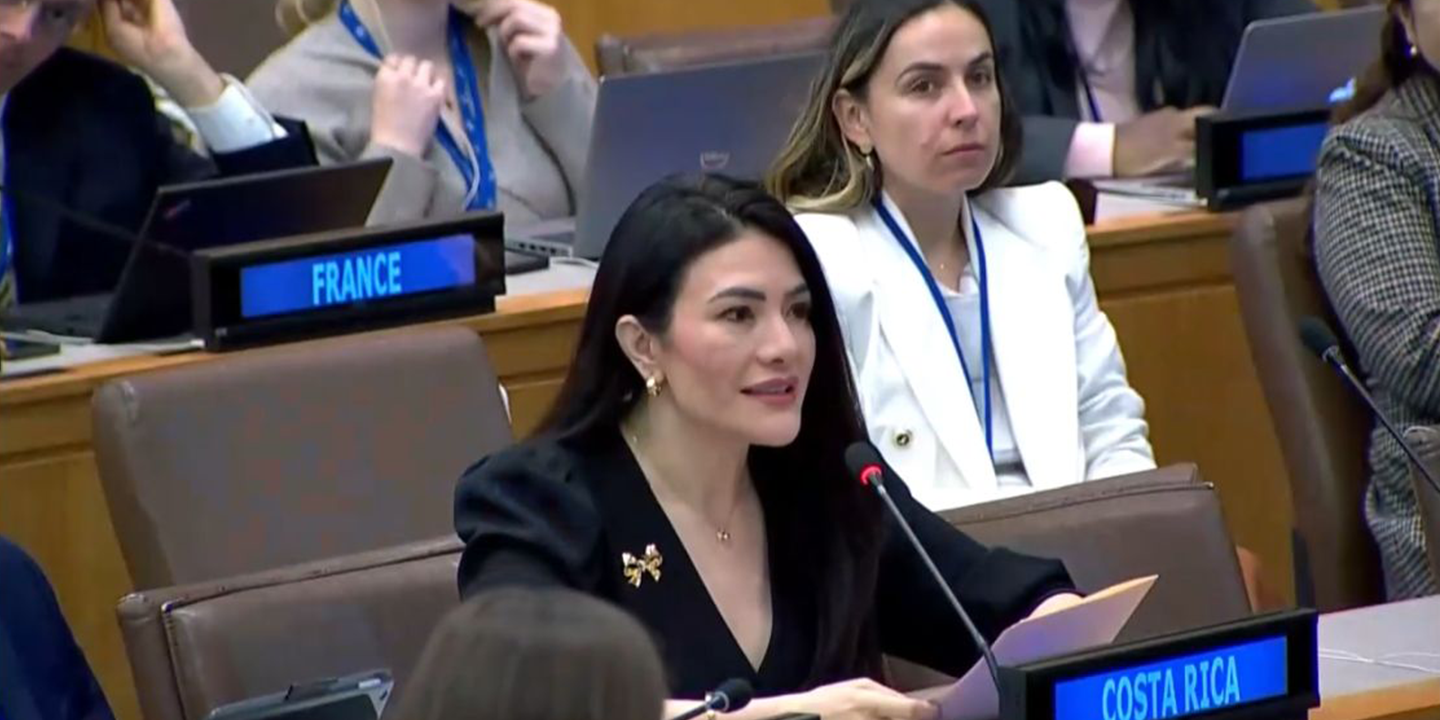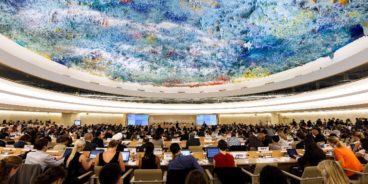
Statement delivered by the Group of Friends of R2P during the UNGA general discussion under the Third Committee’s Agenda Item 68 (a-d): promotion and protection of human rights
I have the honor of delivering this statement on behalf of the Group of Friends of the Responsibility to Protect, consisting of 55 Member States and the European Union, and this year co-chaired by Botswana, Costa Rica and Croatia.
History has demonstrated that atrocity crimes are often precipitated or preceded by serious violations and abuses of human rights by states and non-state actors. In order to adequately prevent and respond to the threat of atrocity crimes, there is a need to understand and respond to the early warning signs, risk factors and aggravating conditions that may culminate in the perpetration of such grave crimes.
Systematic or widespread human rights violations and abuses and hate speech often serve as some of the key early warning signs of possible atrocity crimes: they may significantly elevate atrocity risks. Systematic or widespread human rights violations may also constitute atrocity crimes themselves. In their Framework of Analysis for Atrocity Crimes, the UN Office on Genocide Prevention and the Responsibility to Protect identifies a “record of serious violations of international human rights and humanitarian law” as one of the common risk factors for atrocity crimes.
Effective prevention of mass atrocity crimes can be achieved through identifying and responding to risks at an early stage. Given the relationship between human rights violations and abuses and atrocity crimes, prevention must begin with the protection and promotion of human rights and fundamental freedoms, with particular attention to the protection of women and children, and of persons in situations of vulnerability. This should start with the adoption and better implementation of human rights policies by states at all levels of government and decision-making, including human rights education and laws that protect the rights of persons belonging to minorities and promote social inclusion. Several international human rights mechanisms can play a fundamental role in atrocity prevention and in upholding the Responsibility to Protect, including international treaty bodies, the Universal Periodic Review process, UN special procedures and UN mandated investigative mechanisms.
The Group of Friends of the Responsibility to Protect believes that the UN General Assembly’s Third Committee offers a venue to demonstrate the clear connection between atrocity risks and human rights violations and abuses. We note that the Third Committee will hold various thematic discussions, as well as mandated dialogues on country situations. There are hence opportunities for Member States to raise awareness about this connection, and to strategize how collective action can be strengthened to better protect vulnerable populations against the risks of genocide, war crimes, crimes against humanity and ethnic cleansing.
While not all human rights violations and abuses indicate an imminent atrocity risk, nor do they necessarily directly cause crimes, understanding how they may constitute atrocities or enable their occurrence is an essential step in strengthening the capacity of human rights mechanisms to prevent atrocity crimes.

